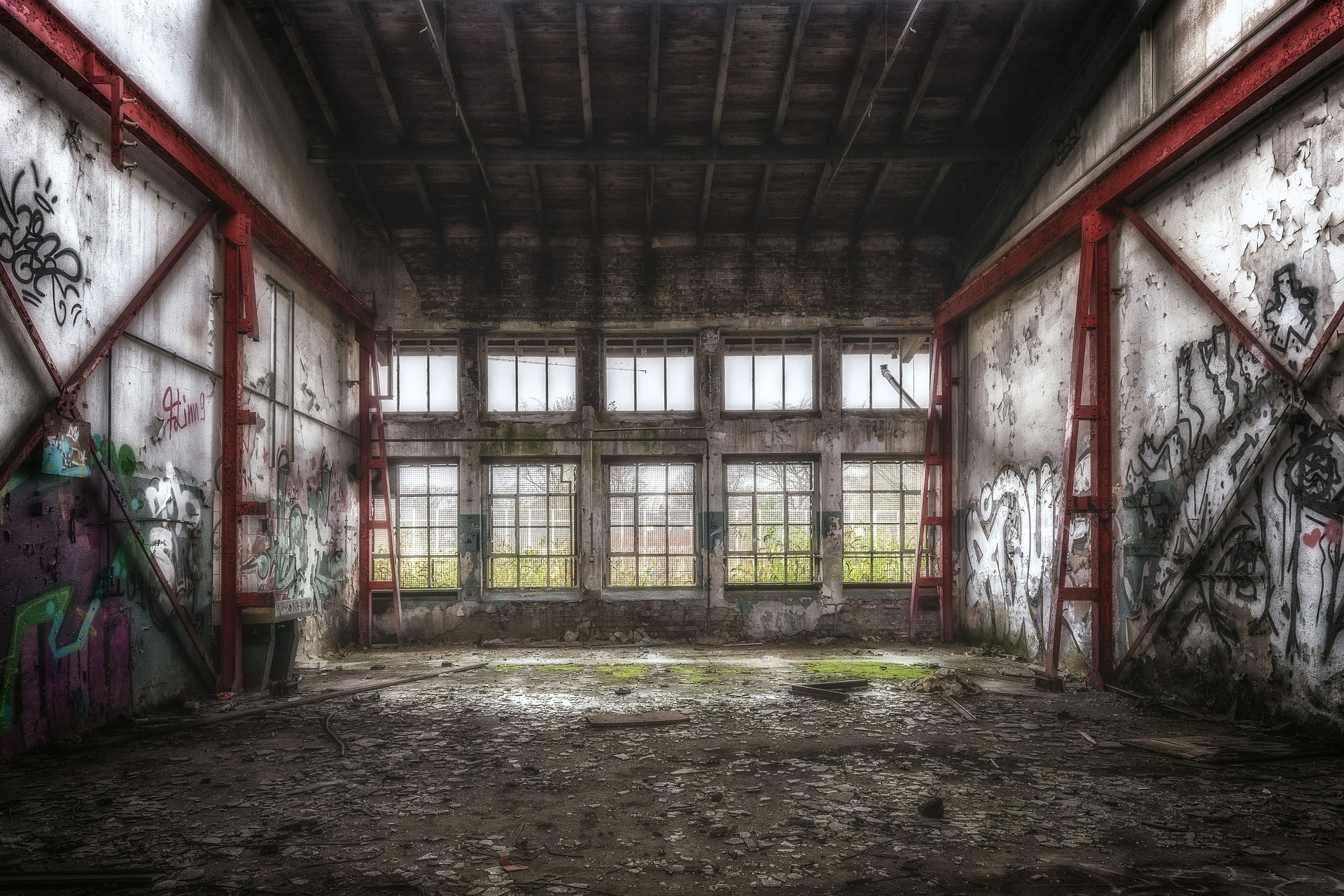Some people grow up or live in the same neighborhoods for decades, greeting the same faces and passing through familiar streets. For many in abandoned neighborhoods, that familiar location and the social network are what make it home, despite the lack of resources and poor living conditions. Gentrification disrupts that sense of community and becomes a public health issue when it negatively affects the mental and physical well-being of the residents.
Gentrification is when neighborhoods recognized as poor or run-down are transformed through profit-driven development. With the rise of rent, mortgages, and property taxes, long-time residents and businesses are either forced to face the increased financial burden or move away, resulting in increased stress, financial uncertainty, and social instability through the shifting community structure.
The communities facing gentrification are often neighborhoods that already lack healthy infrastructure, such as access to healthy foods, affordable healthcare, and safe housing. Gentrification often occurs in the name of “development” by bringing in the necessary resources, businesses, and facilities to attract wealthier residents. These new resources are often only affordable or accessible to the new wealthier residents.
While the development of the communities is presented for the benefit of the original residents, those suffering from poor health due to low income or lack of access to basic healthcare are often still unable to access the introduced resources. Those who decide to stay in the neighborhood but struggle to pay the higher rent are often left with even less money for food or healthcare.
Many who are forced to leave end up moving to neighborhoods with higher crime rates, less access to food and health resources, unsafe housing, lower quality schools, and more environmental pollution. Those who stay may face more financial instability in the face of higher rent rates, which forces residents to reorganize their budgets around this extra burden. Both groups are forced to live in new environments with unfamiliar surroundings, especially if they are forced to leave long-time homes. The resulting stress and the loss of community have been shown to affect mental health by removing the support systems people rely on for resilience and increasing the incidence of health problems.
As residents are pushed further into the margins, health disparities become more prominent with higher cancer rates, incidence of asthma, diabetes, and cardiovascular disease, according to the Center for Disease Control. Trends have shown higher mortality rates in neighborhoods during the gentrification process, and researchers in New York City have found higher pre-term birth rates among African American women in gentrifying neighborhoods.
The Center for Disease Control (CDC) identifies gentrification as a potential health risk to communities primarily comprised of vulnerable populations. Their website presents strategies to minimize the effects of gentrification, which focus on improving housing stability and affordability and call for existing residents to be involved in development efforts to improve the community. The CDC believes that developing mixed-income communities will help to control displacement, and new policies and investments in these neighborhoods should benefit current residents. One of the action steps also calls for city planners, policy makers, and public health professionals to include the communities themselves in the “redevelopment” plans of their neighborhoods, which would ensure that the needs and desires of current residents are met before all else.
The reality of gentrification is sometimes difficult to notice and accept until someone points it out to you or you find yourself a part of the affected community. You may find yourself moved to explore the ways gentrification have affected your local neighborhoods. Visit and invest in community focused local organizations. Listen to, respect, and appreciate the history, experiences, and visions of the community and its members. Advocate for yourself and others by knowing your rights, sharing knowledge, having conversations, and stand with neighbors who are being taken advantage of. Reducing and resisting the negative impact of gentrification is centered around sustaining and strengthening the community itself.










